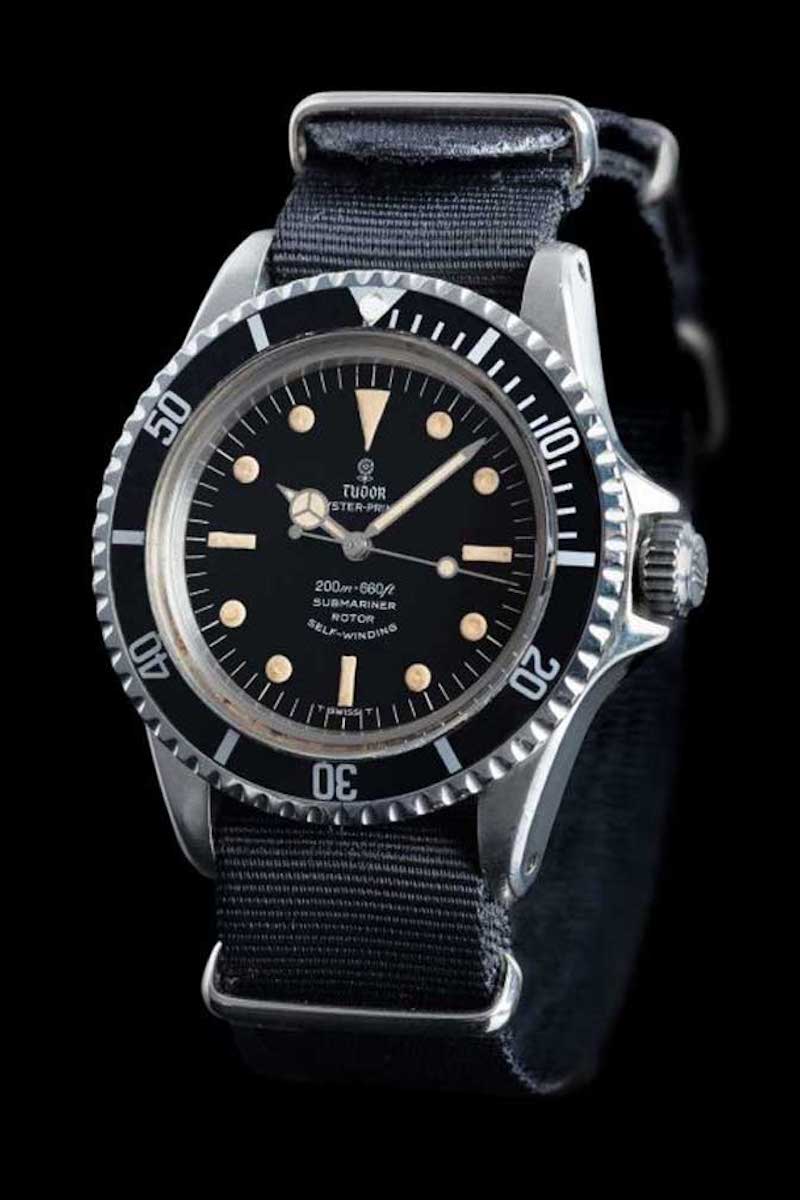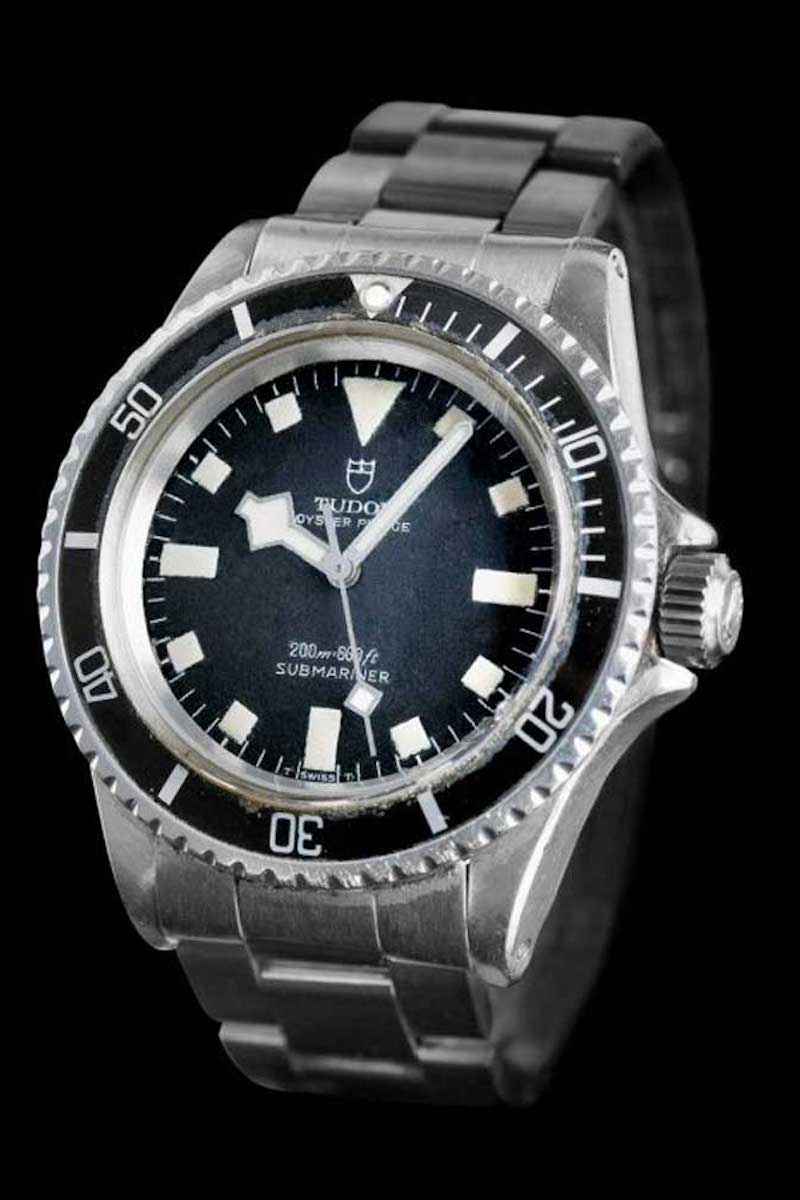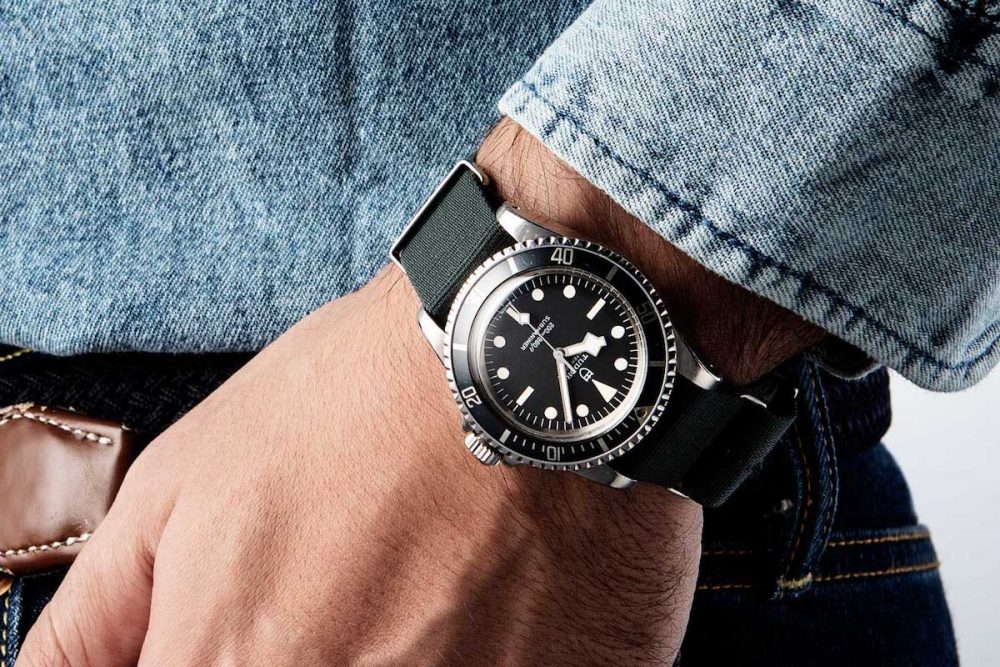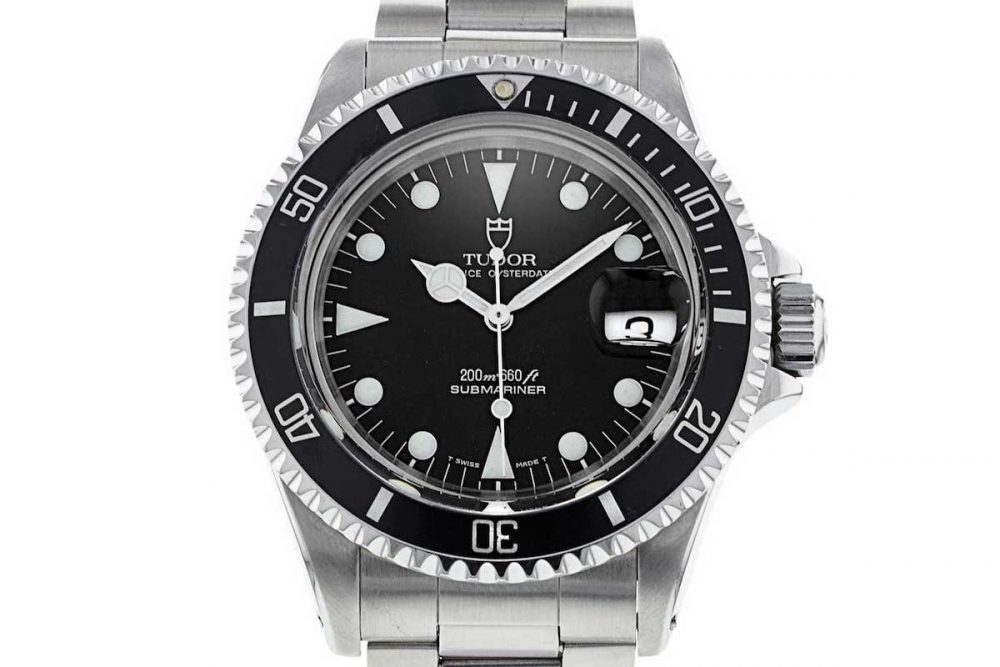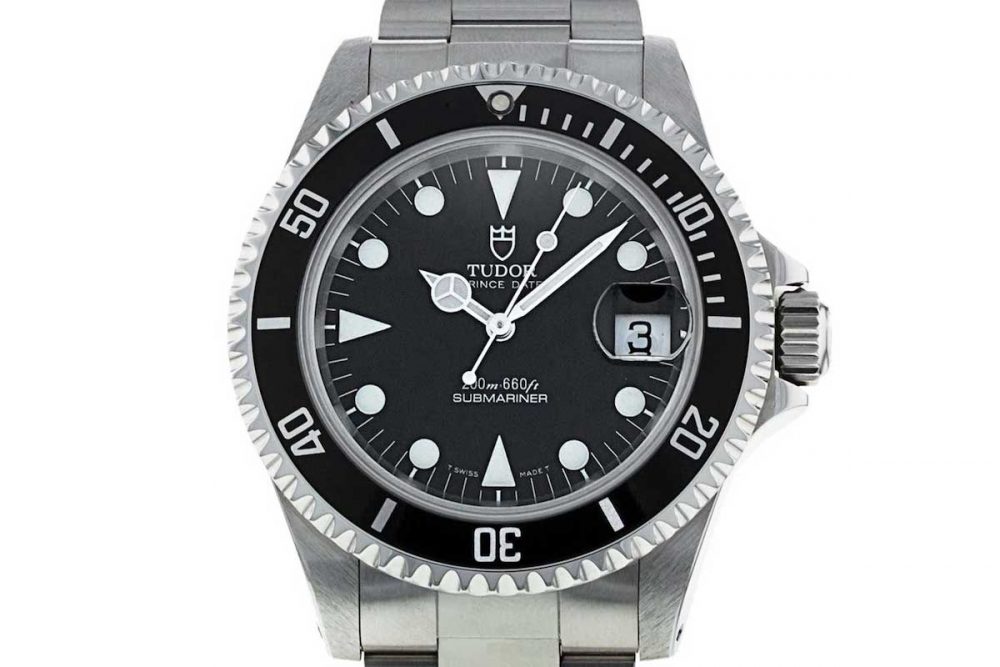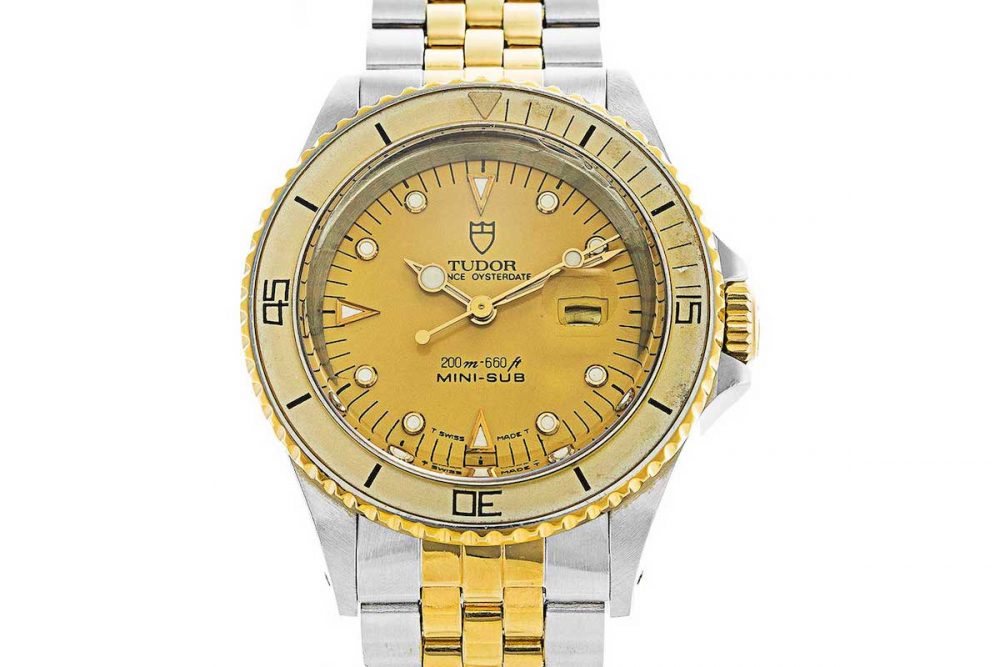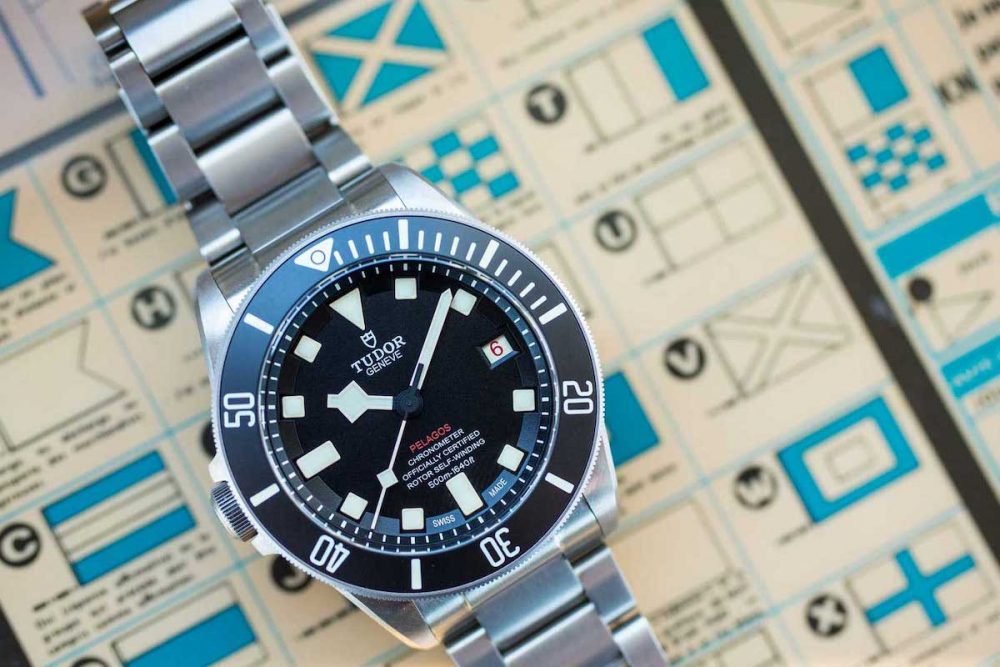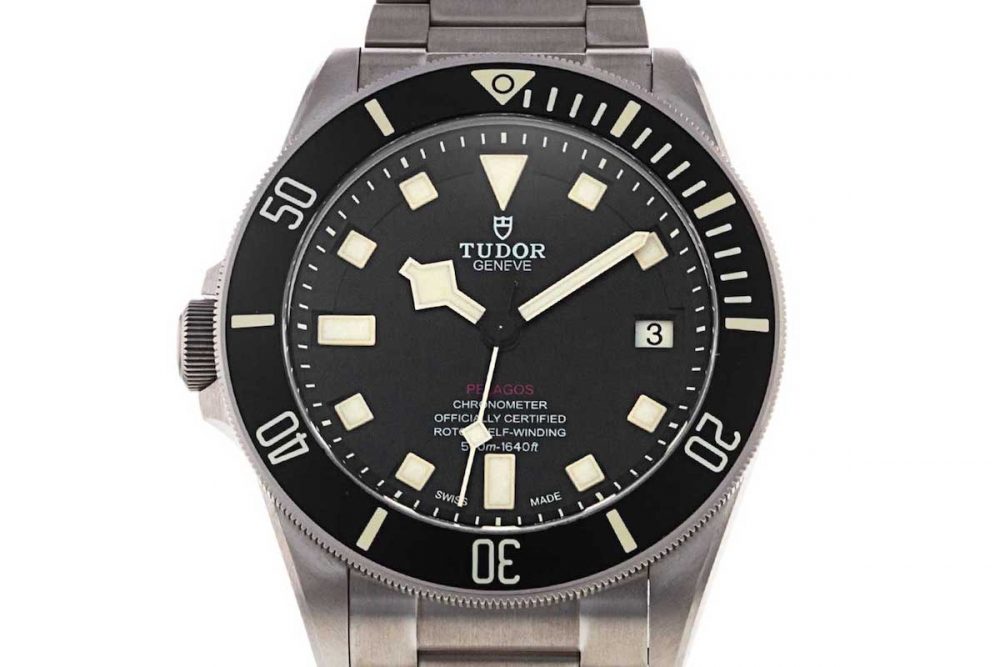Tudor’s Top Dive Watches from Watchfinder & Co.
The Rake takes a look at Tudor’s Top Dive watches.

It’s always extraordinary when an object created to be accessibly priced transcends this objective and becomes a genre-defining icon. Instances of this are very rare. But in the ’50s, the great Enzo Ferrari saw the ascendance of the German sportscar brand Porsche. These machines were anomalies in the high-performance world. For God’s sake, the same man who brought the vehicular abomination that was the ‘People’s Car’, the Volkswagen Beetle, into the world was responsible for their architectural blueprint. They had rear engine placement of meagre — Ferrari would say highly anaemic — four- and six-cylinder motors, that were, of all things, provincial — and air-cooled. But Porsches were light, fun to drive and adopted by cool guys like James Dean who painted amusingly sophomoric names like ‘Little Bastard’ on the side of their cars. Perhaps most importantly of all, they cost many times less than a Ferrari.
You may now insert the appropriate Italian expletives as you imagine the six-foot-two Il Commendatore shaking his manicured fist with wrath. And so, it was that Ferrari finally authorised the production of a mid-engine, six-cylinder car — the Dino 206 GT — that was the most affordable model he’d ever made. His intention, clearly, was to resoundingly trounce the German upstarts and send them whimpering like cowering sausage dogs back to their homeland.
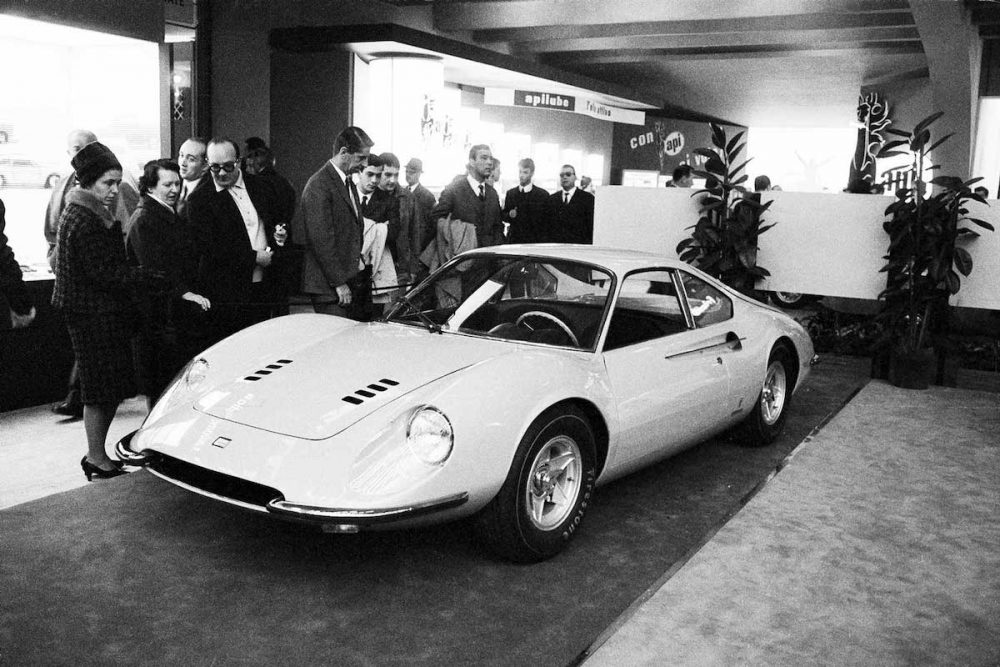
The motivation behind Hans Wilsdorf’s creation of Tudor bears remarkable parallels to Enzo Ferrari’s motivation to create Dino.

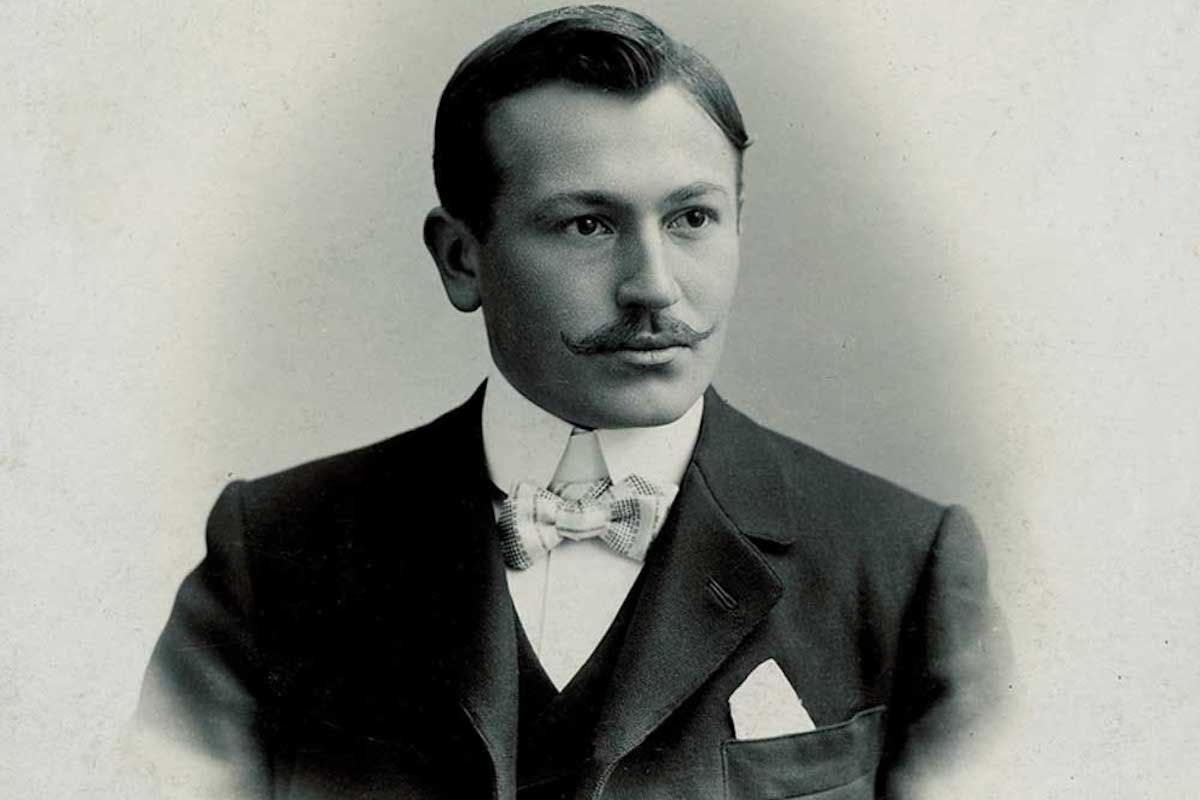
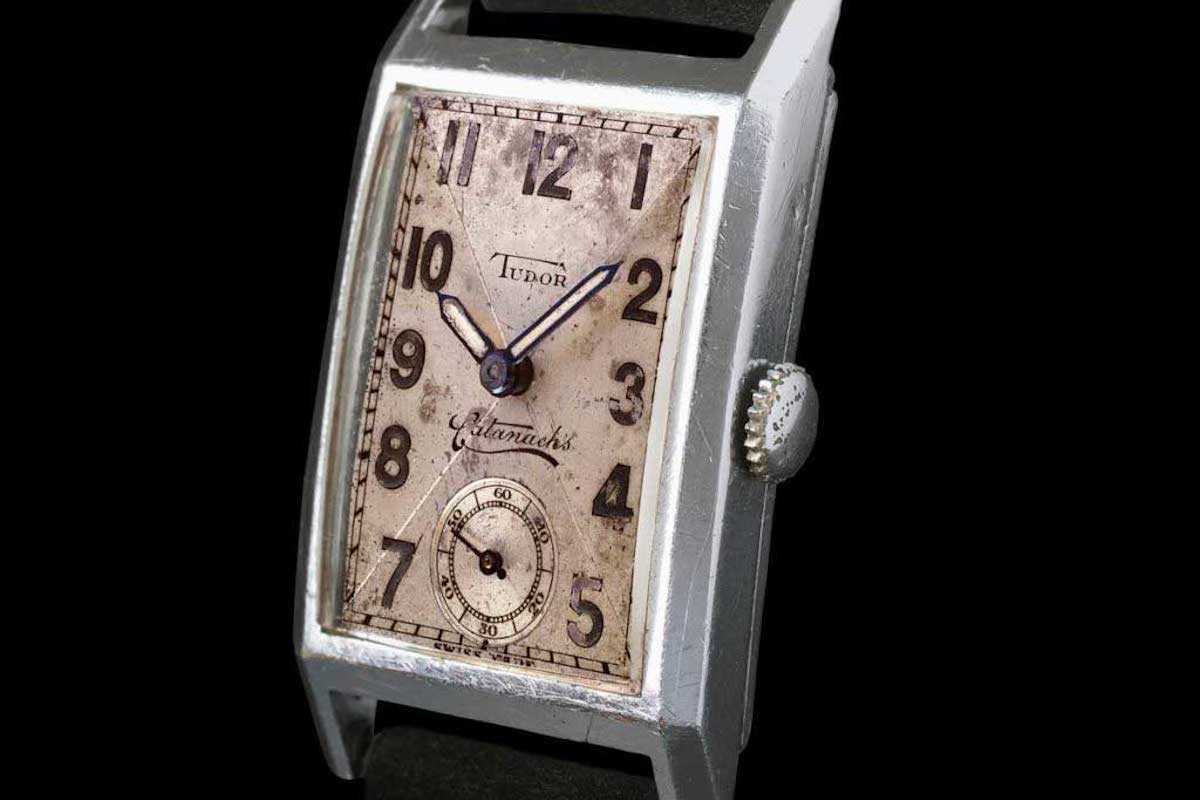
What prompted Hans Wilsdorf, the legendary founder of Rolex, to create a second brand named Tudor during the late ’40s? While theories abound, the most cogent of these suggests that Wilsdorf was about to shepherd Rolex into what would be an enduring era of profound commercial success coinciding with his launch of the sports model, the Submariner, in 1953 and the GMT-Master in 1954. Ever the canny industrialist, it is highly conceivable that Wilsdorf realised that while he could produce his famous waterproof Oyster case and patented screw-down crown in abundance, he was limited in terms of capacity by the number of Rolex movements he could create.
One can imagine Wilsdorf arriving at this logical solution: Why not use Rolex cases, crowns and bracelets and combine them with the best outsourced movements in the Swiss watch industry? Since these movements were his own vision, and distinct from the Rolex movements, Wilsdorf could not call these watches Rolexes. So, he decided instead to create a new brand named ‘Tudor’.
Indeed, the motivation behind Wilsdorf’s creation of Tudor bears remarkable parallels to Ferrari’s motivation to create Dino. Both companies were seeking to increase their industrial capacity significantly. With Rolex, Wilsdorf was limited by his movement-production capacity. With Ferrari, Enzo was limited by the cost of his cars. The solution which both men arrived at was essentially the same.
For Wilsdorf, he would use his patented Rolex Oyster case and screw-down crown and matchmake this with outsourced movements. Ferrari, meanwhile, decided to make lower-cost, smaller-engine cars to compete with Porsche in their own category. Interestingly, these engines would not be made at Ferrari, but at the Fiat plant. In order to race in the newly created 1.6-litre Formula 2 category, the motor had to be produced in 500 road-going examples, and the only way to achieve this was to also have the motor power a Fiat model, also named ‘Dino’, confusingly enough.
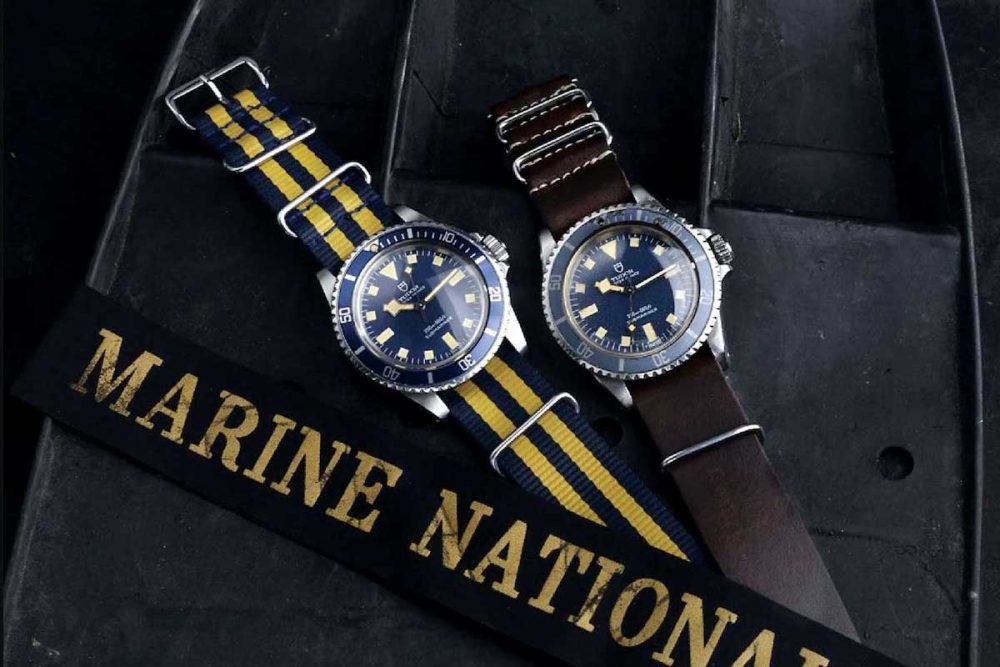
A pair of Tudor MN Submariners. (Image: Bernhard Bulang - Bulang & Sons) 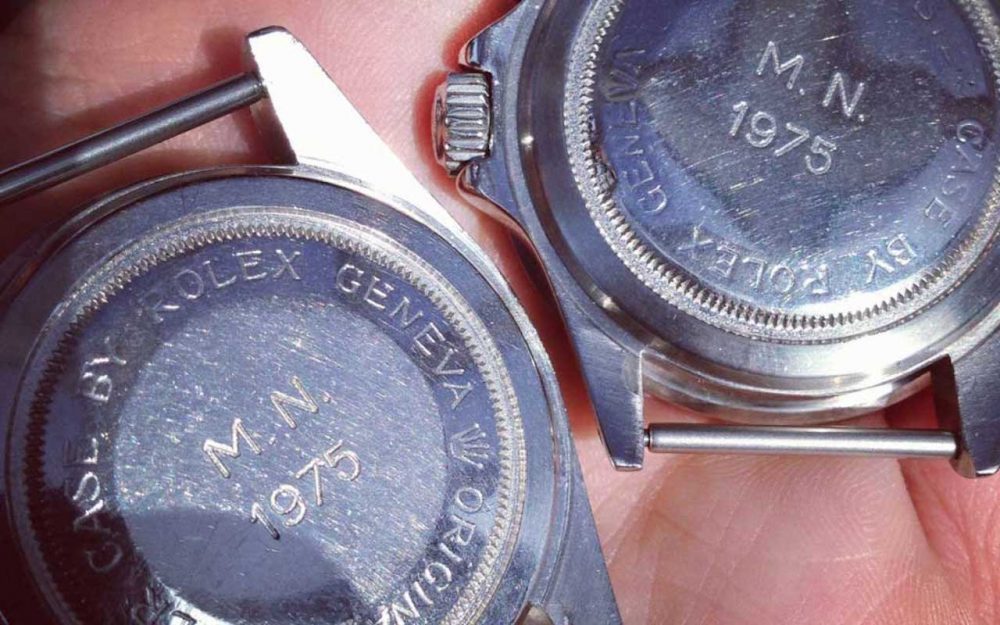
MN 1975 casebacks. (Image: Bernhard Bulang - Bulang & Sons) 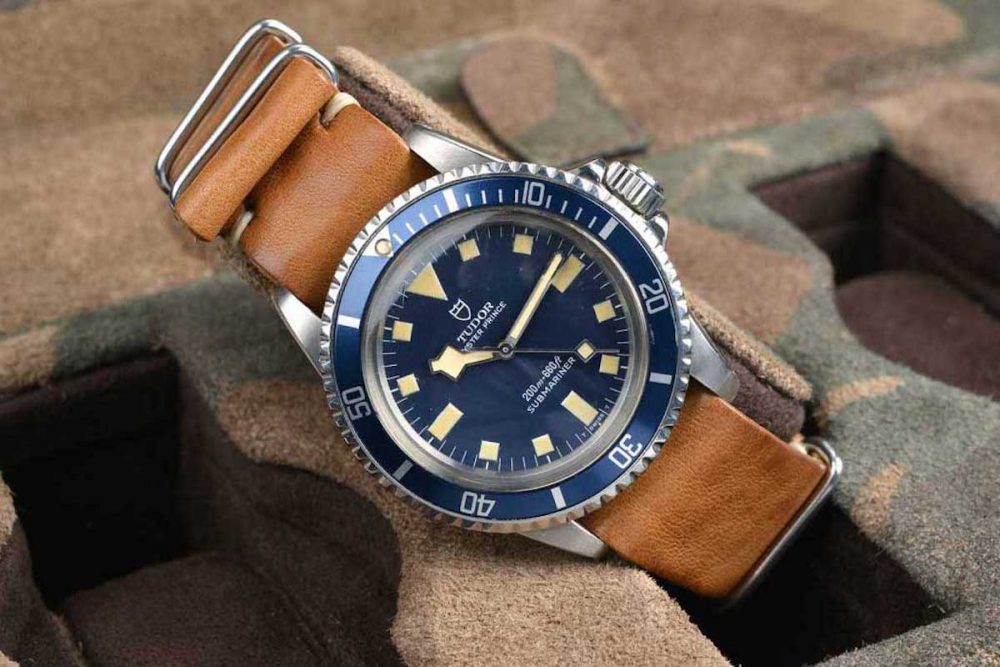
From the famous ‘Home Plate’ chronographs to the iconic ‘Snowflake’ Submariners, Tudor has never been afraid to push watch designs forward 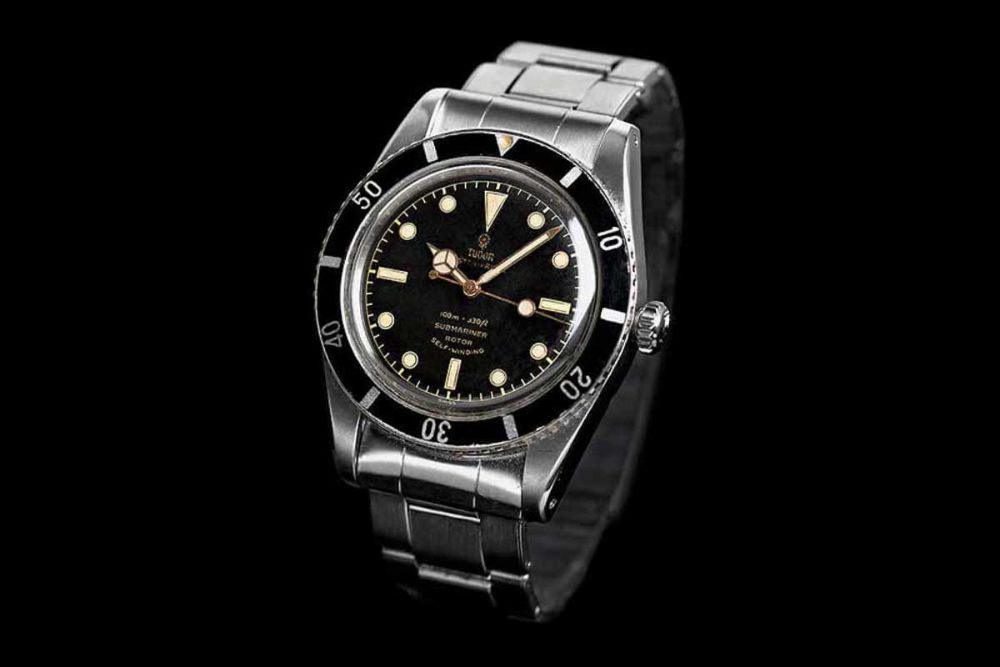
The first Tudor Submariner was the ref. 7922, which in terms of case and dial iconography was very similar to the Rolex ref. 6538 of that era. (Image © Tudor) 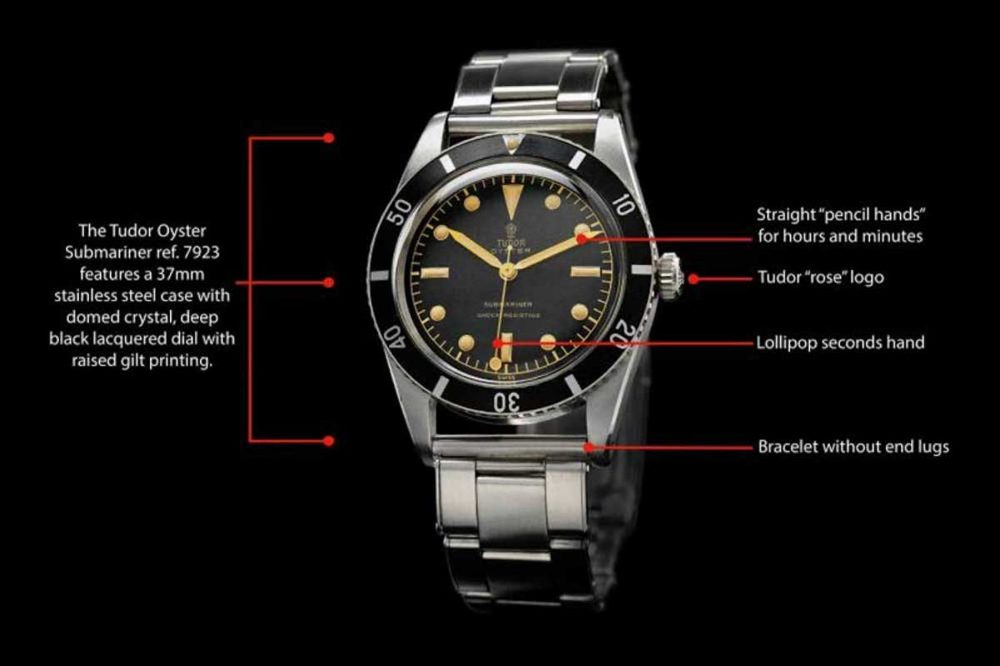
The ref. 7923 is the only manual-winding Submariner ever produced either by Rolex or Tudor.





